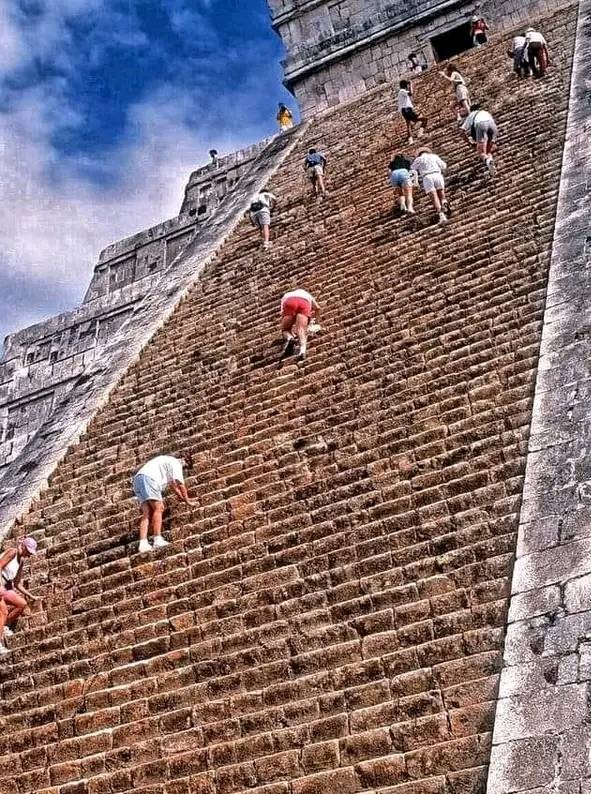Amber Fort, located in the town of Amer near Jaipur in Rajasthan, India, is a stunning example of Rajput architecture and a major tourist attraction. Perched on a hilltop overlooking Maota Lake, the fort combines a rich history with breathtaking architectural elements, making it one of the most visited landmarks in the region.
Constructed in 1592 by Raja Man Singh I, Amber Fort served as the capital of the Kachwaha Rajputs until Jaipur was established. The fort’s design is a blend of Hindu and Mughal architectural styles, characterized by its majestic ramparts, sprawling courtyards, intricate frescoes, and ornate mirror work.
Upon entering through the Suraj Pol (Sun Gate), visitors are greeted by the first courtyard, known as Jaleb Chowk. This courtyard was used by soldiers for parades and public gatherings. Ascending the steep pathway, one arrives at the Ganesh Pol, a grand gate adorned with mosaics and sculptures dedicated to the Hindu god Ganesha.
The fort’s interior is a labyrinth of rooms and hallways, each more enchanting than the last. The Diwan-i-Aam (Hall of Public Audience) features open, airy spaces where the king would address his subjects. In contrast, the Diwan-i-Khas (Hall of Private Audience) is more intimate, used for private meetings and gatherings.
One of the fort’s most stunning attractions is the Sheesh Mahal (Mirror Palace). This room is renowned for its intricate mirror work, with walls and ceilings embedded with thousands of tiny mirrors that reflect light to create a dazzling effect. Legend has it that a single candle could illuminate the entire hall, thanks to the mirrors’ strategic placement.
Another notable section is the Sukh Niwas (Hall of Pleasure), which ingeniously uses a water channel to cool the air, demonstrating the advanced engineering skills of the time. This room was designed for the royals to relax and enjoy the cool breeze during the scorching summer months.
Amber Fort also houses several temples, including the Shila Devi Temple, dedicated to the goddess Kali. The temple is known for its stunning silver doors and the idol of Shila Devi, which holds significant religious importance.
The fort’s picturesque location and its architectural grandeur make it a prime spot for visitors. The panoramic views of the surrounding hills and the reflection of the fort in Maota Lake add to its allure. Amber Fort is not only a testament to the opulence and strategic acumen of the Rajput rulers but also a symbol of Rajasthan’s rich cultural heritage. Visitors can explore the fort on foot, by jeep, or even atop an elephant, offering a glimpse into the royal lifestyle of the bygone era.
